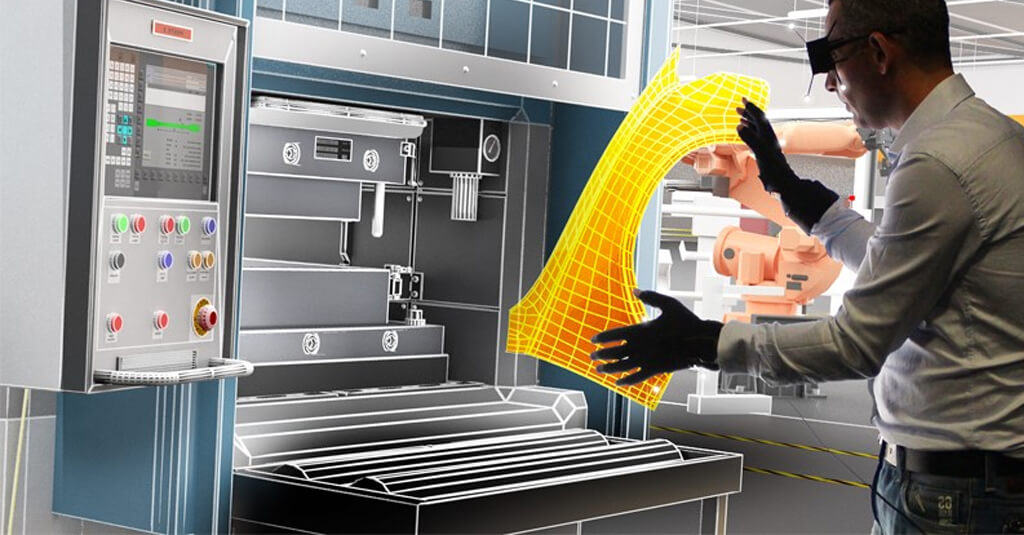The implementation of smart workplace technologies and advances in communication result in a workforce that is more skilled, productive and capable than ever before. Today, Learning Management Systems (LMSs) have opened a myriad of opportunities for organizations to foster the talent that they have invested time and effort recruiting. With immense changes in the ways employees learn, the scope of Augmented Reality (AR) and Virtual Reality (VR) for corporate training is also rising. It has not been too long that AR and VR seemed like a dream. But, today the potential of these two technologies has completely revolutionized the workplace training environment. As per the statistics from the Dell Future Workforce Global Study, over 66% of the global workforce would be willing to use AR/VR products as a training tool.
Today, VR & AR have become the hottest buzzwords for the year 2018. While VR provides a completely immersive environment where users can interact with objects like the real-world, AR technology delivers computer-generated images to overlay physical objects in real-time.
An example of VR is Google Cardboard which allows the users to turn on their smartphones into a VR headset using cardboard viewer. On the other hand, the example of AR technology is smart glass used in hospitals which allows surgeons to view x-ray from varied angles, examine patient’s bones and more. As per the latest report by marketresearch.com, the adoption of VR products was valued at $1.37 billion in 2015 and is expected to reach $33.9 billion by 2022. On the other hand, the overall AR market was valued at $2.35 billion in 2015 and expected to increase to $117.4 billion by the year 2022.
Moving Towards a More Productive and Engaged Workforce
Workforce engagement is associated with different aspects that are essential to an organization’s success, such as overall productivity and profitability. As per the research, Gallup found that 87% of the global personnel are either indifferent or disengaged with their organizations- costing billion dollars annually. [Source:https://news.gallup.com/opinion/gallup/191765/organizations-going-above-beyond-engage-employees.aspx?g_source=EMPLOYEE_ENGAGEMENT&g_medium=topic&g_campaign=tiles].
In addition, employee engagement also encourages effective communication across the enterprise- collecting their feedback and exploring individual talent. A VR/AR based e-learning solution perfectly fits into these efforts. For instance, VR/AR headsets provide a variety of tools such as videos, visual data and more to perform different activities. Another instance is AR can also be used by companies to train on different procedures for factory equipment; by providing animated instructions on the physical gear. Given below is the graph that depicts the market size of AR and VR in the future. As per the statistics, the AR and VR market is expected to reach 20.9.2 million US dollars by the year 2022.
From the above data, you can get a clear picture of the AR/VR market potential and significance of this technology worldwide. Taking great initiatives to leverage AR and VR technology through LMSs, organizations can ensure seeking lucrative business opportunities in the e-learning industry.








